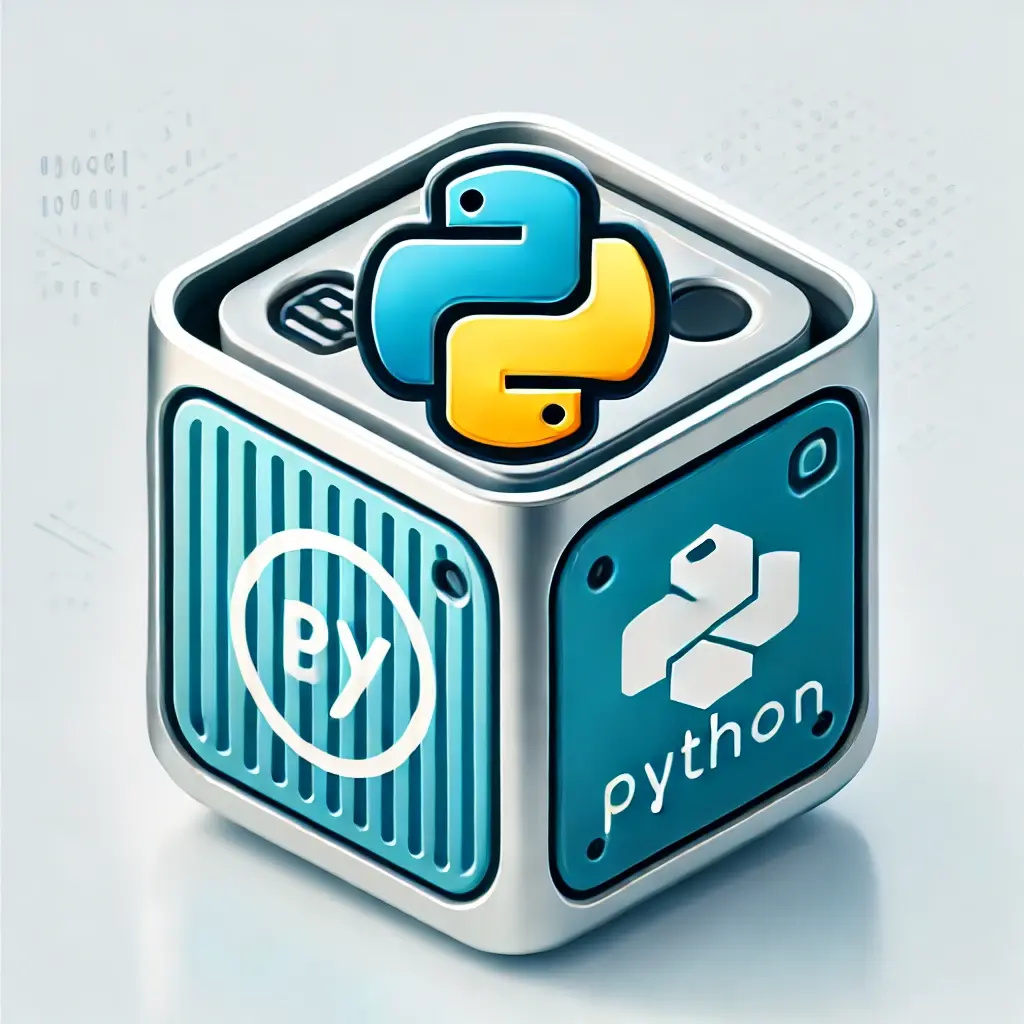
Implementing TA-Lib and Matching Candlestick Patterns with Python
Animesh Pandey
Senior Software Engineer with 6+ years of experience in PHP, Python, and backend development.
Implementing TA-Lib and Matching Candlestick Patterns with Python
Technical analysis is an essential part of trading, and candlestick patterns play a crucial role in predicting market movements. TA-Lib (Technical Analysis Library) is a popular Python library that provides various technical indicators, including candlestick pattern recognition. In this blog, we will explore how to implement TA-Lib in Python and match candlestick patterns using a given dataset.
Prerequisites
Before we begin, ensure you have Python installed along with the necessary libraries. You can install TA-Lib and Pandas using:
pip install TA-Lib pandas numpy
If you encounter installation issues with TA-Lib, you may need to install the required dependencies. On Ubuntu, you can run:
sudo apt-get install libta-lib0 libta-lib-dev pip install ta-lib
For Windows, you may need to download the appropriate binary from TA-Lib's official website and install it manually before running pip install ta-lib.
Loading a Sample Dataset
To demonstrate candlestick pattern recognition, let's use a sample dataset containing OHLC (Open, High, Low, Close) data. You can use historical stock market data from sources like Yahoo Finance, but for simplicity, let's create a DataFrame manually:
import pandas as pd import talib as ta # Sample OHLC data data = { 'Date': ['2024-02-20', '2024-02-21', '2024-02-22', '2024-02-23', '2024-02-24'], 'Open': [100, 102, 101, 103, 105], 'High': [105, 106, 104, 107, 108], 'Low': [98, 99, 97, 100, 102], 'Close': [104, 101, 103, 106, 107] } # Convert to DataFrame df = pd.DataFrame(data) df['Date'] = pd.to_datetime(df['Date']) print(df)
Detecting Candlestick Patterns
TA-Lib provides various built-in functions for recognizing candlestick patterns. Rather than selecting a few manually, we can dynamically retrieve all pattern recognition functions using:
# Retrieve all candlestick patterns def get_candlestick_patterns(): return {pattern: getattr(ta, pattern) for pattern in ta.get_function_groups()['Pattern Recognition']} patterns = get_candlestick_patterns() # Identifying candlestick patterns def detect_patterns(df, patterns): open_prices, high_prices, low_prices, close_prices = df['Open'], df['High'], df['Low'], df['Close'] pattern_df = pd.DataFrame(index=df.index) for pattern_name, pattern_function in patterns.items(): pattern_df[pattern_name] = pattern_function(open_prices, high_prices, low_prices, close_prices) return pattern_df pattern_df = detect_patterns(df, patterns) df = pd.concat([df, pattern_df], axis=1) print(df[['Date'] + list(pattern_df.columns)])
Interpreting Results
Once the patterns are detected, you can analyze the results:
- If a row has
100for a pattern, it indicates a bullish signal. - If a row has
-100, it indicates a bearish signal. - If a row has
0, no pattern was detected.
For instance, if a Doji appears, it often signals market indecision and potential trend reversal. An Engulfing pattern may indicate a strong continuation or reversal, depending on its type.
Visualizing Candlestick Patterns
To visualize the detected candlestick patterns, you can use mplfinance:
pip install mplfinance import mplfinance as mpf def plot_candlestick(df): df.set_index('Date', inplace=True) mpf.plot(df, type='candle', style='charles', volume=False) plot_candlestick(df)
Conclusion
TA-Lib simplifies technical analysis by providing powerful functions for detecting candlestick patterns. By integrating it into your trading strategies, you can automate pattern recognition and improve decision-making.
You can further enhance this by integrating TA-Lib with machine learning models or trading bots for automated trading strategies.
Let us know in the comments if you have any questions or if you'd like a deeper dive into other TA-Lib indicators!


